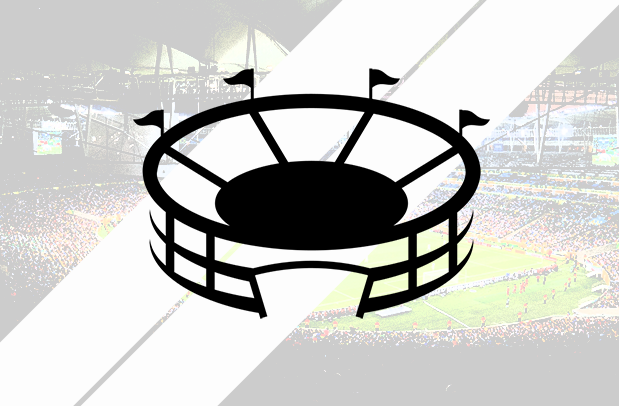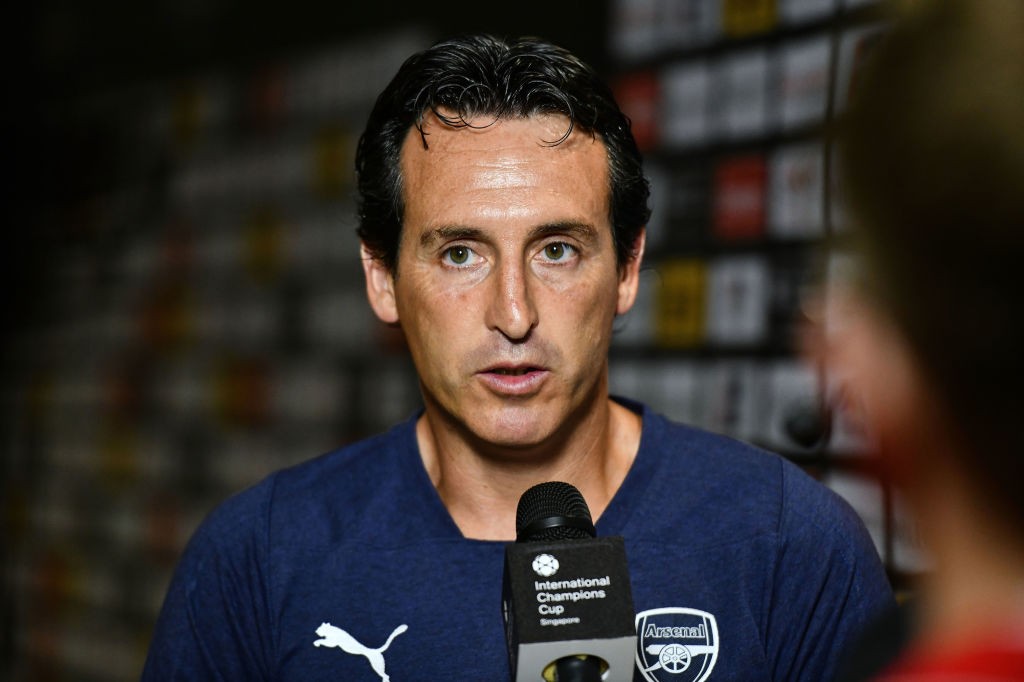Welcome Owen Herman to the fold here at OOTB, as he writes about changing grounds and the potential impact such a move can have on the short term and long term fortunes of a club.
In light of West Ham’s forthcoming relocation to the Olympic Stadium, I decided to have a look at how moving grounds had affected other English teams in recent years. With West Ham’s fantastic last season at Upton Park, there is an expectation that they will be able to build on this in the next few seasons. Is it possible for the Olympic Stadium to provide a catalyst for this success?

I thought I would start by looking at my beloved Hull City. The club moved from a collapsing Boothferry Park to the KC (now KCOM) Stadium in 2002 having endured a grisly final few years there, often under questionable ownership, in the bottom tier of the football league.
Hull City began the 2002-03 season in Division 3 (League 2) and by Boxing Day they had moved into a 25,000 seater modern stadium that wouldn’t have looked out of place in the Premier League. Suddenly the club saw back to back promotions and returned to the 2nd tier for the first time in 16 years. 2007 saw a near relegation with a 21st place finish, but then, incredibly, in 2008 they achieved promotion to the Premier League. In 9 years the club had gone from bottom of League 2 to the Premier League.
To put this into perspective, between their inception and the move to the KC, Hull City never set foot in Division 1 and, even more shockingly, in the 10 years prior to the move, Hull City spent all 10 seasons at League 2 level. Since the move they have already had 4 seasons in the Premier League, as well as reaching the FA Cup final, their best cup run since 1930. Hull City have transformed from a lower league team to a top Championship club with the potential to kick on and become a steady Premier League side like Stoke or West Brom. It is surely no coincidence that this transformation began with the move to the KC.
The idea of a stadium move making a club more attractive to potential buyers is an obvious one. It is very apt for Manchester City, one of the best known clubs for being transformed by having new owners, and I believe their ground move helped secure the deal.
When they were bought in 2008, they had spent 6 consecutive seasons (beginning in 2002) in the Premier League. That consistency coincided with their move to the City of Manchester Stadium in 2003. Between 1995 and 2002 they had spent two seasons in the Premier League, four seasons in the second tier and even one season in the third tier.
The steady spell in the top flight combined with better facilities is sure to have improved their allure to potential buyers, and if they hadn’t been provided with the wealth they have today, the success would not have followed.
Not unlike Manchester City, Bolton Wanderers found consistency after their move in 1997. In the 10 years before the move they had time in all 4 tiers of English football. After their move they had a brief spell of yo-yoing before being promoted to the Premier League in 2001 where they stayed for 11 years, their longest time in the top flight since 1935-1964.
The most similar example to Hull City is Swansea City. They moved from Vetch Field to The Liberty Stadium in 2005. Swansea began their first season in their new home in League 1, having spent eight out of the previous ten seasons in League 2. They had only experienced top flight football for two seasons, 1981-83, but within six years of moving stadium they were in the Premier League. A steady string of mid table finishes has kept them there ever since. Their first major cup win, the League Cup came just 7 years after arrival at the Liberty. Hull’s rise seemed almost like a football anomaly, yet Swansea have arguably bettered it.
Arsenal are perhaps the most famous example of how moving stadium does not always trigger a meteoric rise. Their famous nine year trophy drought began when they moved from Highbury to the Emirates in 2005. Between 1998 and 2005 Arsenal won the Premier League three times, finishing second in the other seasons and won the FA cup four times. 2005 brought the Emirates and Arsenal’s switch from the best team in England to the butt of jokes about their increasing inability to achieve anything other than Champions League qualification.
It is not entirely clear why Arsenal have lacked success over the recent years. The lack of investment in new players combined with how readily they sell their stars is likely a factor and this is partially due to the financial costs of the Emirates. The stadium’s construction costs were £470 million and to help offset that the club began buying players low and selling them high. This has continued to today, although many believe the club does in fact have enough money to spend big, and it is easy to imagine an Arsenal side being much more successful if they had kept their stars.
There is also a lot of blame on Wenger, who one could argue has almost stagnated as the manager. This could be partly due to the added pressure of not winning trophies at the Emirates. 2005 provides a solid marker with which to measure success, meaning there is added pressure after every season of not winning a trophy at their new home, causing the manger and, therefore, the team to not live up to their potential. Perhaps it is a far-fetched theory, but even the recent FA Cup wins can’t hide the fact that Arsenal’s domination ended so suddenly when they moved 500 yards down the road.
However the best example of how moving stadium can end badly is Coventry City, who moved from Highfield Road to the Ricoh Arena in 2005. The Ricoh was meant to be state of the art and ready for the 2001-2002 season. For various reasons, including financial problems and a relegation to the second tier, the Ricoh was delayed and turned into a standard modern stadium.
The club’s financial issues meant that they had to rent the Ricoh, instead of owning it outright. This can normally work within reason, Hull City do not own their stadium but they have to share it with Hull F.C. (a rugby league club). However for Coventry renting led to the disastrous events of 2013 when Arena Coventry Limited (who managed the stadium) refused to negotiate a new lease. This resulted in Coventry having to ground share with Northampton Town, creating a shocking 70 mile round trip for the home fans (roughly the same as Liverpool fans having to travel to Old Trafford for every home match). Coventry had been relegated a second time in 2012. A club once synonymous with higher league football, who had once spent 34 years straight in the top flight, now found themselves languishing in League 1 without a proper home support and fans becoming increasingly angry at the club’s problems.
Unsurprisingly 2014 ended in the club’s lowest finish since 1954. An agreement was made in August 2014 to allow Coventry to return to the Ricoh until the 2016/17 season, when they will most likely relocate to the Butts Park Arena (to share with Coventry Rugby Club) a 3,000 capacity ground.
Coventry City avoided a dreaded relegation to League 2 in both 2014 and 2015, finishing 18th and 17th respectively. This season they improved to 8th but with the Butts Park move as well as the huge fan backlash it is hard to see Coventry City returning to the higher leagues quickly. Although their decline was not directly caused by the move, it is clear their continuing struggles are a result of the issues surrounding the Ricoh Arena.
It seems moving grounds can indeed provide a spark that improves clubs, as long as the move is handled well financially. I feel Coventry City is an important example to look at when considering whether to move, as the poor financial situations at the heart of their difficulties could have been avoided. I think as a whole the stats provide hopeful reading for West Ham fans. Maybe it even gives some teams like Liverpool or Aston Villa, who are no longer the clubs they once were, a few interesting ideas.
Written by Owen Herman


























































